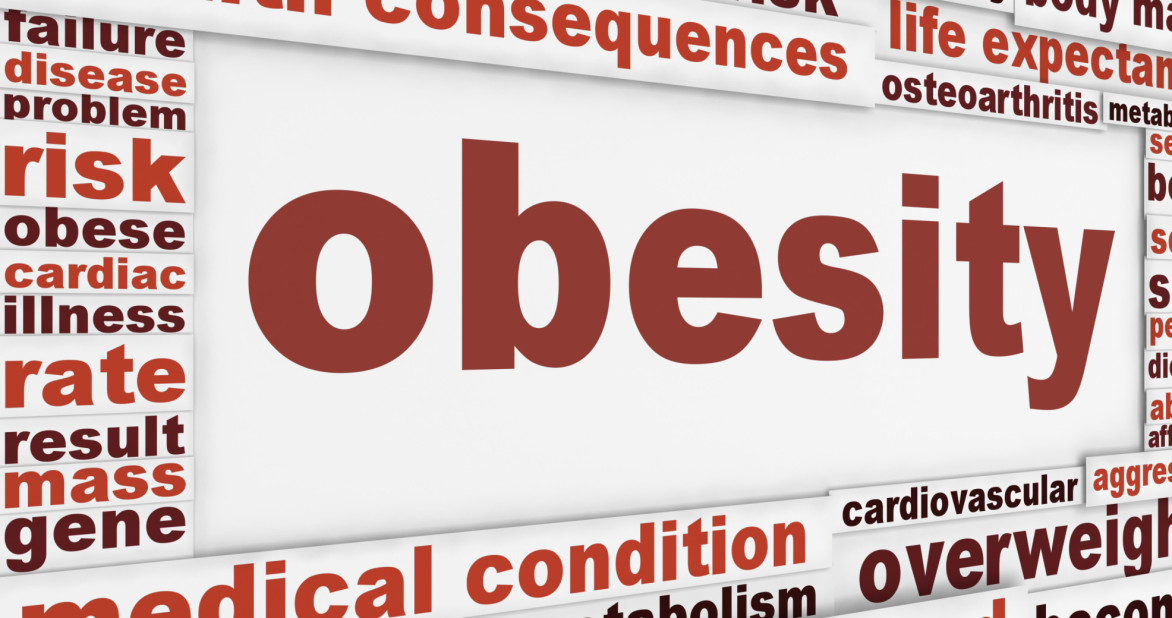Environmental toxic influence on weight gain

Environmental toxic influence on weight gain can be eliminated by being physically active
Environmental toxic influence on weight gain: The family’s elements
Did you know that the kind of food you stock in your family store impacts on your children’s life? If you’re feeding your children on healthy foods at home that is what they will know as the best and the opposite is also true. You can help reduce the risk of your children being obese just by ensuring good feeding habits at home. The fact that there is environmental toxic influence shouldn’t be an excuse for giving the wrong foundation to our children. Remember that, the food that families keep at home and how they share meals influences what and how much children eat. According to doctor Dalal Akoury MD, President, and founder of AWAREmed health and wellness resource center, there is enough scientific evidence explaining the strong association between the availability of fruits and vegetables at home and whether children, adolescents, and adults eat these foods.
Eating meals as a family has also been linked with increased child and adolescent intake of fruit and vegetables and other healthy foods. Increased frequency of family meals has been linked to lower BMI in some studies. The high cost of living is also a significant factor influencing healthy feeding habits especially to the people in the low-income bracket since healthy foods like fruits, whole grains and vegetables are relatively expensive than the unhealthy foods like refined grains and sweets necessitating them to go for what they can afford which are not healthy. Besides the family meals, people working in offices often spend most of their time in their workstations where there is easy access to unhealthy foods either from the vending gadgets or restaurants where there is little option for healthy foods like fruits and vegetables.
Environmental toxic influence on weight gain: Schools and neighborhoods
Just as employed adults spend most of their day at work, children spend much of their day at school where there are feeding programs which may not be healthy and are normally referred to as “competitive foods” which are widely available in the cafeteria, vending machines, and school stores. Most of these foods are high in calories and low in nutritional value commonly known as junk food. Eating competitive foods has been associated with poorer quality diets and increased risk of obesity.
Finally, being free from the problems of obesity and weight gain can be very demanding and many have failed to keep the focus of losing weight. But having known the problems involved, you will definitely need the professional touch along the way to help you do the right things all through and remain focus on the weight loss objectives. To this effect experts at AWAREmed health and wellness resource center will be of great help to you in this journey of keeping healthy. It will also interest you to note that doctor Akoury who is the CEO of this facilities practices focuses on personalized medicine through healthy lifestyle choices that deal with primary prevention and underlying causes instead of patching up symptoms making her the best for all your weight loss needs. You can call her on telephone number 843 213 1480 to schedule an appointment with her for further professional help.
Environmental toxic influence on weight gain: The family’s elements
http://regenerativepotential.com/wp-admin









